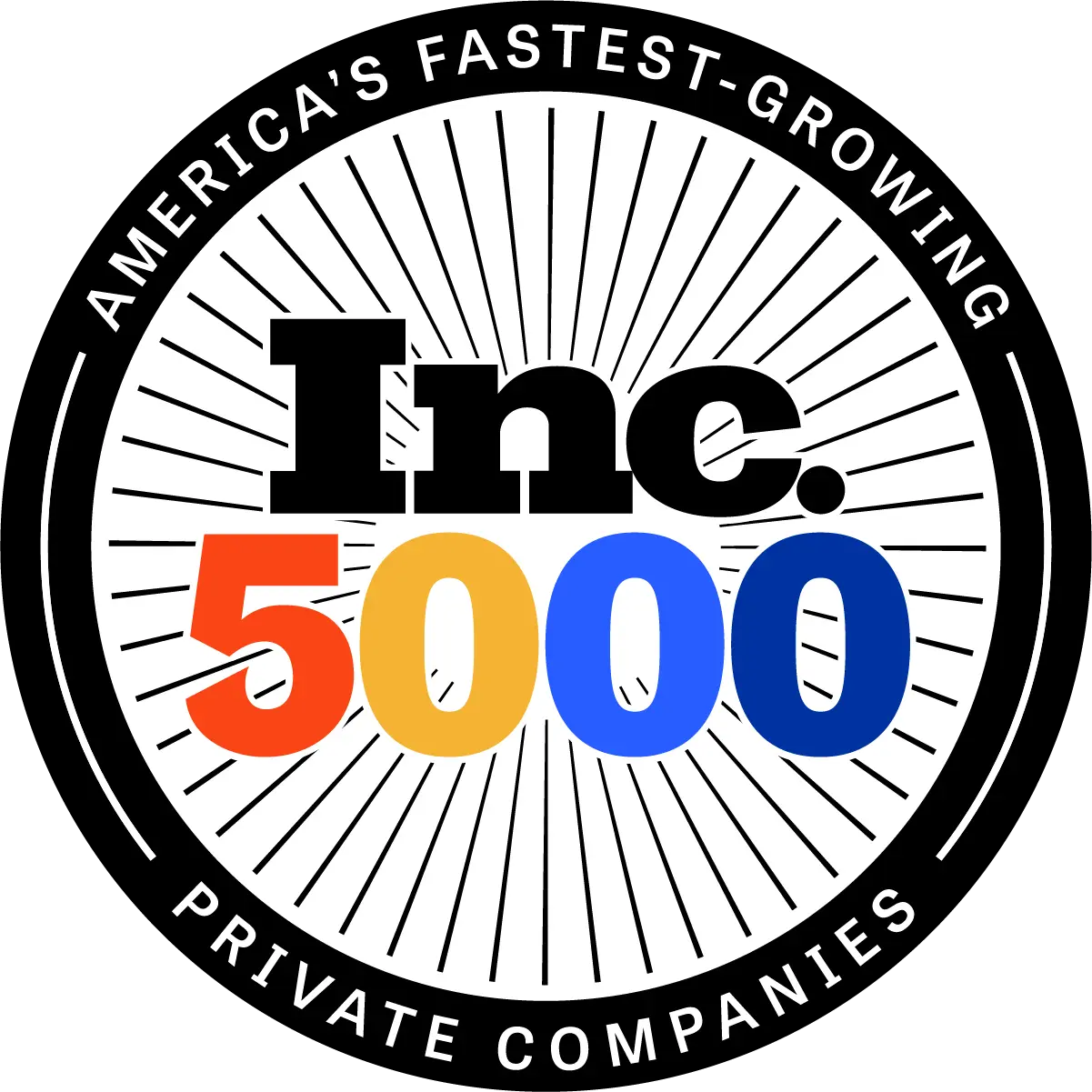
How to Use Recognition to Drive Employee Learning and Development
In today’s fast-evolving workplace, learning and development (L&D) are no longer optional – they’re a business imperative. Yet even the most well-designed training programs often struggle to keep employees engaged long enough to make learning stick. The missing ingredient? Recognition. When organizations actively acknowledge and celebrate growth, effort, and progress, they transform learning from a task into a source of motivation. Recognition fuels confidence, reinforces new skills, and builds the psychological safety employees need to take risks and keep improving. By connecting appreciation to development, companies create a culture where learning isn’t just encouraged – it’s contagious.
The Connection Between Learning and Recognition
The relationship between recognition and learning runs deeper than motivation – it’s rooted in neuroscience and behavioral psychology. Recognition doesn’t just make people feel appreciated; it actually helps their brains absorb, retain, and apply new knowledge more effectively. When employees are recognized for learning efforts, their brains release powerful neurochemicals like dopamine and oxytocin that reinforce positive behaviors, strengthen trust, and enhance the brain’s ability to consolidate new skills. In other words, appreciation literally accelerates learning. Organizations that understand this connection can transform recognition into a strategic lever for performance, skill development, and long-term growth.
Reinforcing New Skills Through Acknowledgment
Recognition is one of the most effective forms of positive reinforcement – a principle first articulated by behavioral psychologist B.F. Skinner. When an employee receives timely, specific acknowledgment for completing a course, applying a new tool, or mentoring a teammate, that recognition triggers the brain’s reward system. Dopamine, the neurotransmitter associated with pleasure and motivation, reinforces the behavior, signaling to the brain that the learning action is valuable and worth repeating.
This neurological feedback loop has direct implications for learning and development. Studies show that recognition not only boosts motivation but also enhances skill consolidation – the process by which new abilities become embedded in long-term memory. By recognizing incremental achievements, not just final outcomes, organizations strengthen this process and make learning stickier.
Equally important is timing. Recognition has the greatest impact when it’s immediate. Waiting until a quarterly review to celebrate a skill mastered months ago dilutes its reinforcing power. Instead, acknowledging learning “in the moment” – whether through a quick note, a digital badge, or public praise – cements the connection between action and reward. The message becomes clear: every step toward growth matters.
Encouraging Continuous Professional Growth
Beyond reinforcing specific skills, recognition fosters an environment where learning becomes a continuous pursuit rather than a one-time event. When employees see that their curiosity, effort, and progress are valued, they’re more likely to seek out new opportunities to grow. This aligns directly with what psychologists call competence theory: people are intrinsically motivated to learn when their achievements are acknowledged and validated.
Recognition also fulfills higher-order human needs for esteem and belonging – core components of engagement and retention. Employees who feel appreciated for their development efforts experience a stronger sense of purpose and connection to their organization. That emotional foundation encourages them to take on challenges, embrace feedback, and invest in their own professional evolution.
Ultimately, recognition transforms learning from an obligation into a source of pride. It tells employees: your growth matters here. That simple message is powerful enough to shift mindsets, inspire confidence, and create a self-sustaining culture where development fuels engagement – and engagement fuels performance.
Designing Recognition Programs That Promote Learning
Turning recognition into a driver for learning requires more than good intentions – it demands structure, consistency, and alignment with organizational goals. A well-designed recognition program doesn’t just applaud outcomes; it celebrates learning behaviors that lead to mastery. This means rewarding curiosity, persistence, collaboration, and teaching – hallmarks of a thriving learning culture. When recognition is intentionally designed around these moments, it transforms development from a formal process into an everyday practice embedded in the company’s DNA.
Recognizing Milestones in Skill Development
One of the simplest yet most powerful ways to connect recognition with learning is to celebrate milestones along the skill development journey. Just as athletes are encouraged at every stage of training, employees also thrive when their progress is visible and acknowledged.
Recognition for learning milestones can take many forms – digital badges, team shoutouts, personalized notes from managers, or points-based rewards within a recognition platform. What matters most is specificity and timing. Instead of offering generic praise (“Great job completing that course!”), effective recognition highlights what was learned and why it matters:
“Your mastery of the new CRM workflow is already helping our team respond to leads faster – fantastic work applying what you learned.”
This kind of targeted appreciation not only reinforces the behavior but links learning to impact, helping employees see the tangible value of their growth.
Strategic programs often structure recognition around micro-milestones – smaller achievements that keep motivation high between major learning goals. Completing a foundational course, passing an internal skills assessment, or applying a new technique in a real project are all opportunities to reinforce the learning journey.
Companies that excel at this, like Cisco and Microsoft, treat development milestones as moments of celebration, not checkboxes. Cisco’s “Connected Recognition” program, for instance, allows peers to recognize each other for contributions that demonstrate on-the-job learning, effectively making growth a visible, shareable part of the culture. When organizations acknowledge these small wins in real time, they build momentum that propels employees toward larger goals.
Rewarding Knowledge Sharing and Mentorship
Learning doesn’t only happen through formal courses – it thrives through conversation, collaboration, and shared experience. That’s why some of the most forward-thinking companies now treat teaching others as one of the highest forms of learning to reward. When employees share knowledge, mentor colleagues, or contribute to team learning, they amplify development across the organization. Recognizing these actions ensures that learning becomes social, sustainable, and scalable.
Peer-to-peer recognition programs are particularly effective at this. Platforms like Workhuman or Bonusly enable employees to highlight acts of mentorship – such as a teammate who guided them through a complex project or hosted a quick “lunch and learn.” These public acknowledgments validate the mentor’s contribution while showing others that knowledge sharing is both valued and visible.
Recognition can also be tied to formal mentorship milestones, such as completing a coaching cycle, supporting a new hire through onboarding, or helping a peer achieve certification. Many organizations reward mentors with development stipends, leadership credits, or learning bonuses that they can reinvest into their own growth. This creates a virtuous cycle: those who teach are rewarded with more opportunities to learn.
Ultimately, recognizing collaboration and mentorship transforms L&D from a top-down process into a decentralized learning ecosystem. Employees no longer wait for direction – they become co-creators of knowledge. And when sharing wisdom is celebrated as much as acquiring it, the organization becomes smarter, faster, and more connected with every interaction.
PowerPlay’s Learning-Integrated Recognition Solutions
Recognition and learning don’t have to operate in silos – and with PowerPlay, they never do. PowerPlay’s recognition platform was designed to close the gap between development efforts and organizational appreciation, creating a seamless ecosystem where learning progress is instantly visible, celebrated, and reinforced. By integrating recognition directly into learning workflows, PowerPlay helps companies transform education into engagement and training into transformation.
Customized Programs for Ongoing Development
Every organization has its own learning culture, and PowerPlay’s approach honors that uniqueness. Rather than relying on one-size-fits-all programs, PowerPlay works with leaders to design recognition experiences that mirror their learning architecture – aligning with company values, performance frameworks, and career growth paths.
For some organizations, that means embedding recognition triggers within their Learning Management System (LMS) – automatically celebrating employees who complete courses, earn certifications, or achieve milestones. For others, it means creating tailored recognition journeys that track ongoing development: celebrating participation in mentorship programs, contribution to team workshops, or even knowledge-sharing moments captured through PowerPlay’s peer recognition tools.
PowerPlay’s programs are built around five core pillars that make recognition meaningful in the context of learning:
- Timeliness: Recognition happens immediately after learning milestones, ensuring that reinforcement is strong and specific.
- Personalization: Each recognition moment reflects the employee’s preferred style – whether public, private, or team-based.
- Relevance: Every acknowledgment connects directly to the company’s learning goals and core competencies.
- Visibility: Recognitions are shared across teams, sparking social proof and inspiring others to engage in similar development.
- Sustainability: Through analytics and feedback loops, PowerPlay helps leaders refine recognition habits to ensure they remain impactful over time.
The result is a living system of appreciation that not only motivates employees to learn but also gives organizations the data to see where growth is happening and where it can be accelerated.
Success Stories from Learning-Driven Teams
Across industries, PowerPlay has seen a common transformation: when learning is recognized, growth accelerates. Teams that once viewed development as a requirement begin to see it as a reward. Recognition sparks momentum – employees start celebrating one another’s progress, managers use appreciation as a coaching tool, and the culture itself becomes self-sustaining.
PowerPlay’s clients often describe a similar turning point: when recognition becomes integrated into the learning process, engagement changes in tone and depth. Employees feel seen for the effort they invest in growth – whether it’s completing a certification, mentoring a teammate, or experimenting with new skills on the job. That sense of visibility builds confidence, and confidence fuels continued learning.
Through PowerPlay’s learning-integrated approach, organizations discover that small, consistent acts of appreciation can completely reshape how people experience development. Training programs gain higher participation, employees begin sharing their own expertise more freely, and peer-to-peer recognition becomes a new channel for knowledge transfer.
Every organization’s version of success looks different – but the pattern is the same: when learning and recognition are intertwined, the workplace becomes a living classroom. PowerPlay provides the structure, strategy, and technology to make that shift possible – helping teams evolve from simply offering development to celebrating it every day.
Conclusion: Recognition as the Engine of Growth
Recognition is far more than a morale booster – it’s the bridge between knowledge and performance. When organizations intentionally connect appreciation to learning, they unlock the full potential of their people. Neuroscience shows that recognition strengthens memory and motivation; behavioral psychology proves it reinforces the habits that drive mastery. But beyond science, it’s culture that makes the difference. A culture that celebrates curiosity, effort, and progress creates employees who don’t just learn – they lead.
The companies thriving today are those that treat recognition as a strategic function, not a side initiative. They design systems that reward growth, celebrate collaboration, and make development visible. The result is a workforce that’s more engaged, more confident, and more capable of driving business outcomes that last.
At PowerPlay, we help organizations make that shift – from recognizing outcomes to recognizing learning in motion. Our platform and programs weave appreciation into every stage of the development journey, turning recognition into a catalyst for continuous improvement. Whether it’s celebrating new certifications, encouraging mentorship, or spotlighting knowledge-sharing, PowerPlay ensures that every step of growth gets the visibility and reinforcement it deserves.
In a world where skills evolve overnight and engagement determines success, recognition isn’t a perk – it’s a performance strategy. With PowerPlay, your teams won’t just keep up with change – they’ll lead it.
Ready to turn learning into lasting growth?
Let’s build a culture where recognition powers development – and development powers everything.

